Spirea nippon "Snowmound": description, planting and care
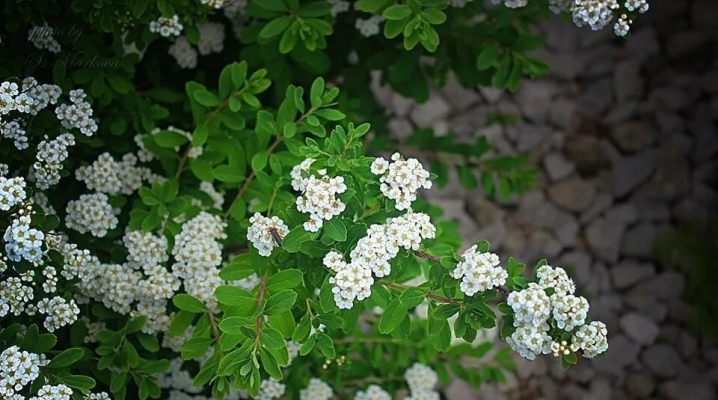
There are many varieties that are great for decorating land. One of these plants is the Snowmound spirea. Let's consider in more detail the description of this shrub, the subtleties of planting and care.
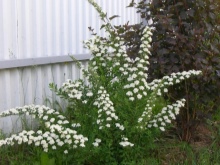

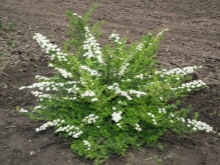
Peculiarities
Spirea Nippon "Snowmound" (Snowmound) combines high decorative qualities and easy care, due to which it has gained great popularity in landscape design. It has the following characteristics:
- shrub growth varies from 1.5 to 2.5 meters; the plant reaches its maximum height by 10–20 years;
- the width of the crown is identical to the height of the variety;
- the shrub is decorated with elongated branches, which, when horizontal, resemble the shape of an arch;
- leaves are oval, their length is from 1 to 4 centimeters; the color is saturated, dark green, in some cases the edges of the leaves have a bluish tint;
- with the onset of late autumn, the plant changes color to red;
- the variety has a characteristic long life span of several decades (30–50 years);
- the flowering period of the spirea is read in June, at this time the ecstatic qualities of the plant are revealed as much as possible; snow-white and lush inflorescences will adorn the bush for about a month under favorable weather conditions; the typical flowering period is 15 to 25 days;
- spherical inflorescences reach up to 8 centimeters in diameter;
- the increase in the size of the shrub occurs from season to season; every year the spirea adds in height and width from 15 to 30 centimeters;
- this variety grows remarkably in fertile soil and does not tolerate dry and hot weather, and the plant also loves sunlight and tolerates pruning without problems.


Experienced and novice gardeners highlight the following positive characteristics of the plant:
- high decorative qualities, thanks to which the plant is often used in landscape design and for drawing up living compositions;
- fast growth;
- ease of care;
- the shrub is unpretentious to the composition of the soil;
- long life span;
- long flowering period;
- lush inflorescences densely covering the plant;
- high resistance to cold snaps.
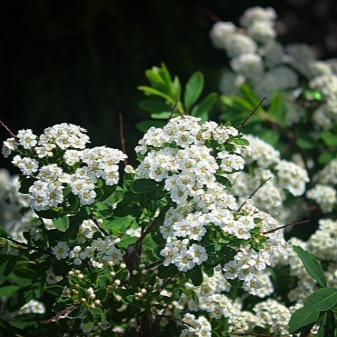
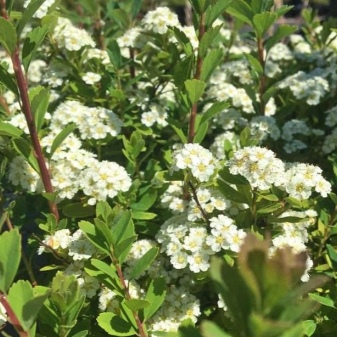
Many positive qualities have played a role in the popularity of the variety. Despite the advantages, the plant also has disadvantages. Spirea "Snowmound" does not tolerate dry weather. It is necessary to carefully monitor soil moisture and periodically moisten the soil, especially in extreme heat.
How to plant?
Experienced gardeners recommend planting in early fall or early spring. The work should be done before the buds have time to bloom. On the day of transplant, the weather should be cloudy. Direct sunlight can damage delicate seedlings. If possible, set aside an area with fertile soil for the spirea, although you can grow the plant on any soil.

The planting process is as follows:
- first you need to mark the site - pegs are installed in the marks and the rope is pulled;
- the optimal depth of the planting pit is from 40 to 50 centimeters, with a distance of 50 to 60 centimeters between the recesses;
- mineral dressings should be placed on the bottom;
- when the preparation for planting seedlings comes to an end, the direct planting begins;
- the shrub must be carefully placed in the recess, spread the roots and sprinkle with soil;
- at the end, the earth is carefully rammed, and the plant is watered at the root.
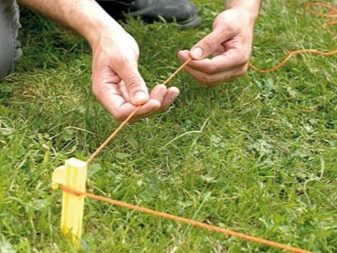
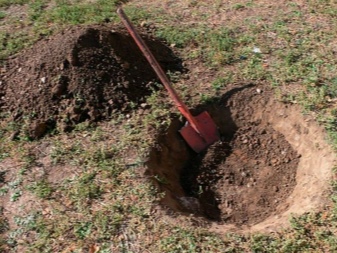

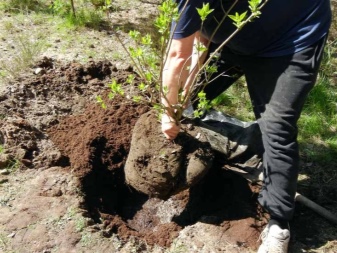
Important: this variety has an excellent neighborhood with thuja, spruce, and also juniper.
How to take care of it properly?
In order for the plant to feel great and to please with beauty from year to year, it is necessary to provide proper care. Agricultural technology is based on the following points:
- timely watering;
- pruning;
- fertilization.
The soil should be moistened regularly due to the fact that the lobe roots are located close to the soil surface. In hot and dry seasons, irrigation is carried out 2-3 times a month, pouring about 15 liters of water per shrub. After watering, it is recommended to loosen and form a layer of mulch, which will help maintain an optimal moisture level. Gardeners advise using organic matter: sawdust, peat, foliage or seed husks.

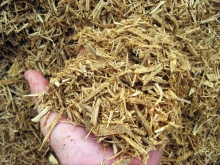
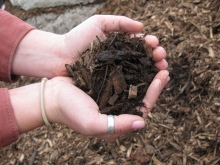
Fertilize the plant 3 times per season. With the arrival of spring, nitrogen-containing preparations are used. In the summer, the spirea is fed with organic compounds. In autumn, you can feed it with wood ash or ready-made preparations based on phosphorus and potassium. Pruning is also an important part of plant cultivation. This procedure not only maintains an attractive appearance, but also promotes flowering.
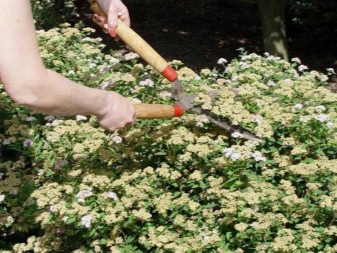

The work is carried out according to the following scheme:
- faded branches should be cut off by half of their length; remember that during the flowering period, the inflorescences cover the shoots along the entire length;
- in the spring they get rid of frozen and wilted branches;
- with the arrival of autumn, the shrub is cleaned of weakened and old branches, and you can also thin out the shrub by removing excess growth.
Important! Some gardeners adhere to the following scheme: 1 time in 2 years it is recommended to remove weak branches, and 1 time in 10 years they carry out cleaning of old shoots.
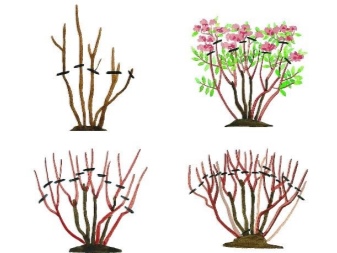

So that the shrub does not suffer from severe frosts, it should be reliably protected. Covering material can be foliage, straw, or non-woven fabric. TThe layer thickness should be at least 25 centimeters. And also before the beginning of winter, the plant should be abundantly watered and fertilized with compounds with potassium and phosphorus.



Reproduction methods
To propagate a plant, you must choose one of three methods: cuttings, layering and division. Each gardener chooses the best method for himself.
- Cuttings. The most widely used method is cuttings. It is chosen by both experienced gardeners and beginners due to its practicality and simplicity. Cuttings are harvested in early summer. It is necessary to select an annual shoot and separate it from the shrub at the base. Next, the branch should be divided into separate parts, each should have 5 leaves. After the cuttings, they must be dipped into the Epin solution and left there for about 12 hours. After that, the material prepared for planting is transplanted into wet sand, deepening each segment by 45 degrees. With the onset of cold snaps, they are transplanted into open ground and covered with a layer of dry leaves. To protect against frost, an inverted box is placed on top. In the spring, the seedlings can be transferred to a permanent site.
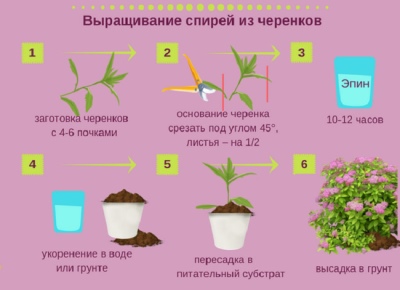
- Layers. If you decide to choose the second breeding method, work should be done in the spring. Choose one of the branches and press it to the ground. The end of the shoot is deepened into the ground and fixed in this position. The layering should be watered periodically at the same frequency as the shrub. With the arrival of autumn, the shoot is harvested and transplanted to a new place for subsequent cultivation.
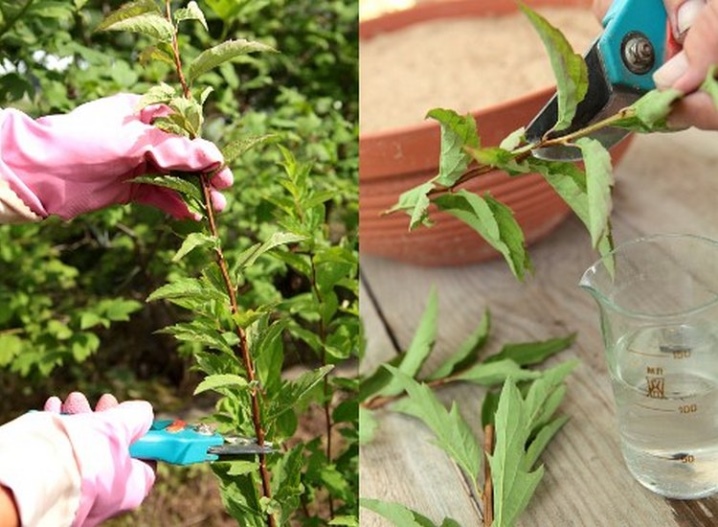
- Division. The third method is considered more versatile due to the fact that the division is carried out both in spring and autumn. According to most gardeners, the best time is from late August to early September. The shrub is dug up, and the roots with the earth are immersed in water so that the soil softens. Then, using a sharp knife, the spirea is divided into several equal parts of the same size. Plants are planted in open ground and watered abundantly.

How to propagate spirea, see the video.
Diseases and pests
As practice shows, Snowmound spirea is highly resistant to various diseases and harmful insects. However, some insects and bacteria pose a threat to this variety.
- The most common pest that often attacks garden plants is the spider mite. As a rule, it appears on the leaves and flowers of shrubs during the hot season. You can detect the appearance of ticks by white spots. To deal with the problem, you should purchase a special compound from a gardening store. The following drugs are very popular: Fozalon, Keltan and others.
- Aphids can also cause spirea disease. This insect can attack shrubs throughout the summer. It affects the whole shrub, settling on inflorescences, leaves and branches. To eliminate pests, you can use folk remedies such as onion, garlic or pepper tinctures. Excellent results are obtained by purchased products, namely the formulations "Pirimor", "Actellik" and other options.
- The last pest on which we dwell is called the blue meadow sawfly. This is a caterpillar that becomes a problem for most gardeners. The sawfly attacks the branches, leaves and buds of the plant. For its destruction it is recommended to use the "Decis" composition.
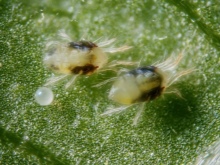
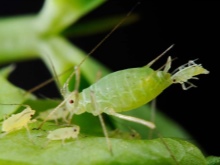
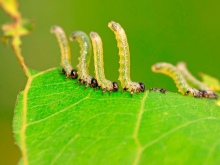
Important! Experts advise regularly examining shrubs for symptoms of disease and insect attacks.
Use in landscape design
Decorators working in the field of landscape design have highly appreciated the high aesthetic qualities of this variety. According to professionals, the shrub is perfect for landscaping any area. Spirea "Snowmound" looks great in compositions with conifers. And also a shrub with snow-white and lush inflorescences to decorate the area near the reservoir.
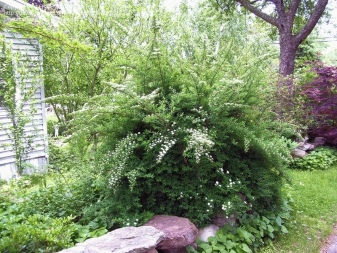
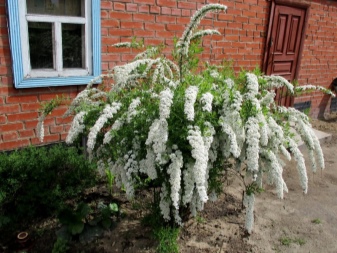
Spirea Nippon "Snowmound" is used for decoration of the following areas:
- flower beds;
- parks;
- squares;
- private and public gardens;
- front gardens;
- lawns.
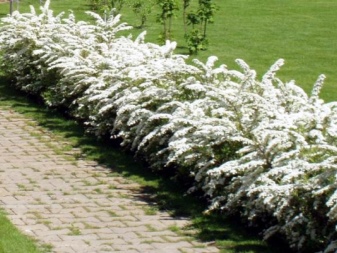
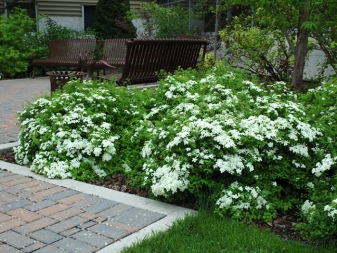
Due to the large size of the inflorescences during the flowering period, the shrubs are noticeable even from afar. Despite the fact that the plant is recommended to be combined with coniferous varieties, it also looks great with deciduous and shrub species. Spirea is especially harmoniously combined in a duet with lilac, regardless of its color. Spirea shrubs are often planted along paths and fences. Even when the plant fades, its decorative qualities are preserved. The lush green crown will delight before the onset of cold weather. This variety is melliferous, therefore it is recommended to plant it next to apiaries or hives.
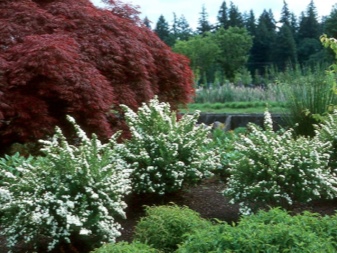
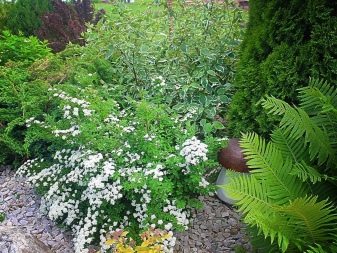
Today the above variety is a popular and widespread member of the Pink family... High decorative qualities, unpretentious care, disease resistance - all these characteristics influenced the widespread use of the plant in decorating land. The shrub will look great both in a flower group and as a single species. To maximize the beauty of the variety, it is enough to adhere to simple and clear rules.
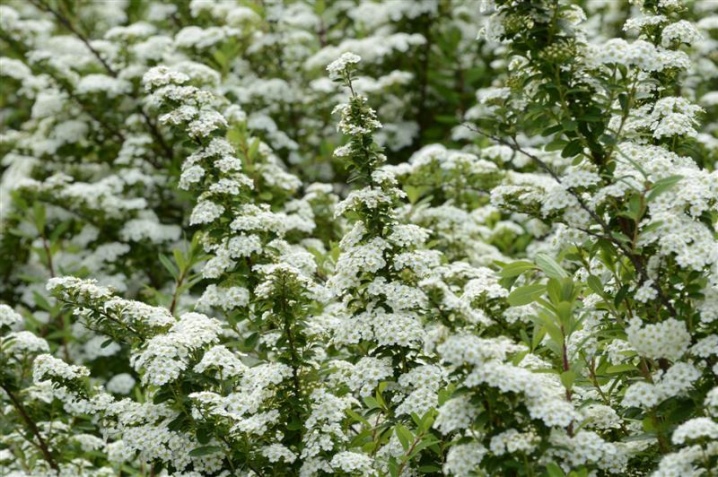



































































The comment was sent successfully.